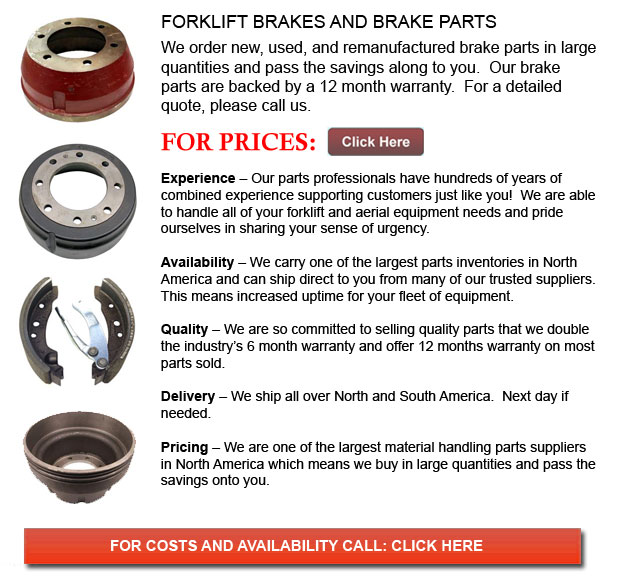
Brake for Forklift - A brake drum is where the friction is provided by the brake pads or brake shoes. The pads or shoes press up against the rotating brake drum. There are some other brake drums types along with particular specific differences. A "break drum" will normally refer to if either pads or shoes press onto the inner outside of the drum. A "clasp brake" is the term utilized in order to describe if shoes press against the outside of the drum. Another kind of brake, known as a "band brake" utilizes a flexible band or belt to wrap all-around the outside of the drum. Whenever the drum is pinched in between two shoes, it can be called a "pinch brake drum." Similar to a standard disc brake, these kinds of brakes are somewhat rare.
Prior to 1955, old brake drums needed constant adjustment periodically to be able to compensate for shoe and drum wear. Long brake pedal or "Low pedal" travel is the hazardous outcome if adjustments are not carried out sufficiently. The vehicle can become hazardous and the brakes could become ineffective when low pedal is combined along with brake fade.
There are quite a few different Self-Adjusting systems designed for braking obtainable these days. They can be classed into two separate categories, the RAD and RAI. RAI systems are built-in systems that help the tool recover from overheating. The most popular RAI manufacturers are AP, Bendix, Lucas, and Bosch. The most well-known RAD systems comprise Bendix, Ford recovery systems, Volkswagen, VAG and AP.
The self adjusting brake will usually just engage whenever the forklift is reversing into a stop. This method of stopping is satisfactory for use whereby all wheels use brake drums. Disc brakes are used on the front wheels of motor vehicles these days. By working only in reverse it is less possible that the brakes will be applied while hot and the brake drums are expanded. If adjusted while hot, "dragging brakes" could occur, which raises fuel intake and accelerates wear. A ratchet device which becomes engaged as the hand brake is set is another way the self repositioning brakes may function. This means is only suitable in functions where rear brake drums are used. Whenever the parking or emergency brake actuator lever exceeds a specific amount of travel, the ratchet advances an adjuster screw and the brake shoes move toward the drum.
There is a manual adjustment knob placed at the bottom of the drum. It is usually adjusted through a hole on the opposite side of the wheel and this requires getting beneath the lift truck along with a flathead screwdriver. It is of utmost significance to be able to move the click wheel properly and tweak each wheel equally. If unequal adjustment happens, the vehicle can pull to one side during heavy braking. The most effective way to ensure this tedious task is completed carefully is to either raise each wheel off the ground and hand spin it while measuring how much force it takes and feeling if the shoes are dragging, or give each one the exact amount of clicks manually and then perform a road test.
![]() Click to Download the pdf
Click to Download the pdf
Forklift Parts
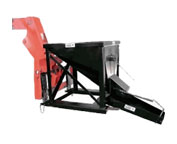
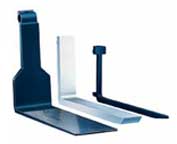
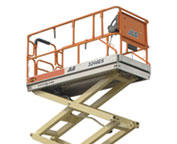
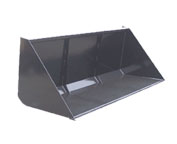
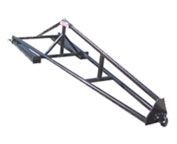
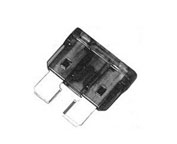
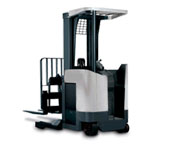
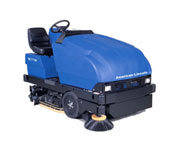
Lift Parts Express
TOLL FREE: 1-888-695-7994
LOCAL: 254-213-6553
2511 Trimmier Rd 140-137
Killeen, Texas
forkliftpartskilleen.com
Email Us
About Us


